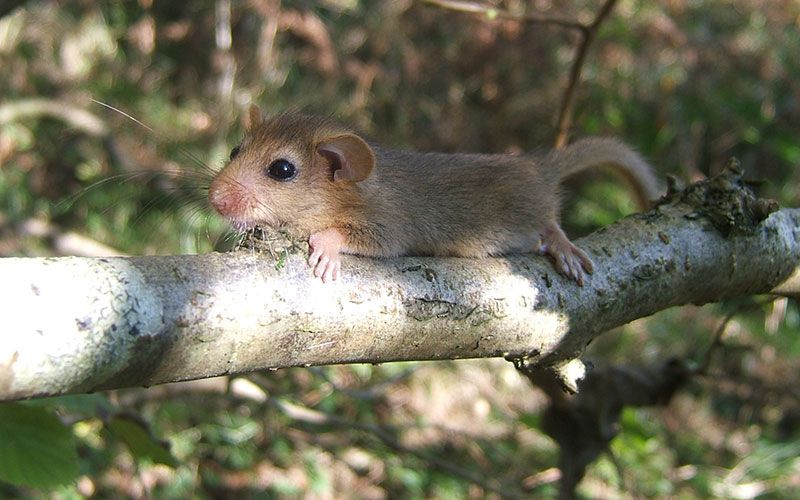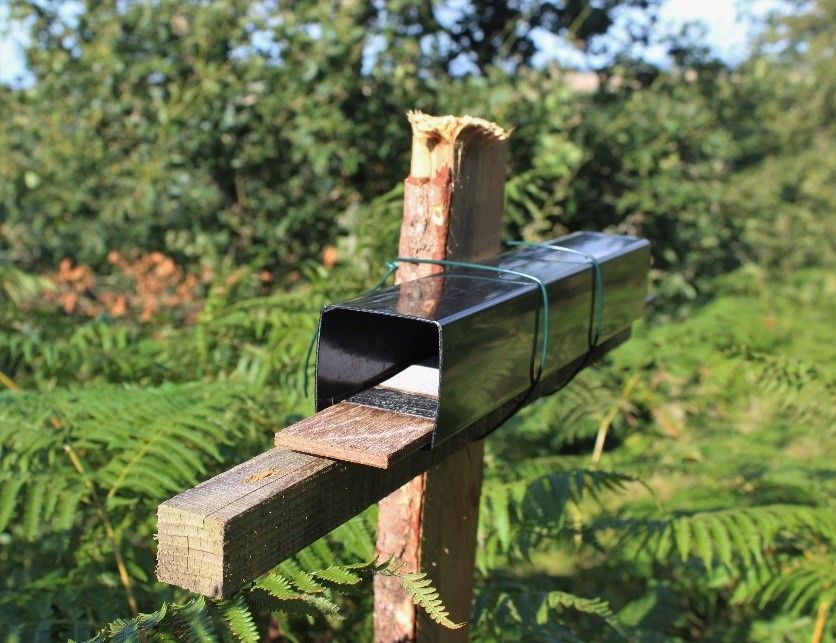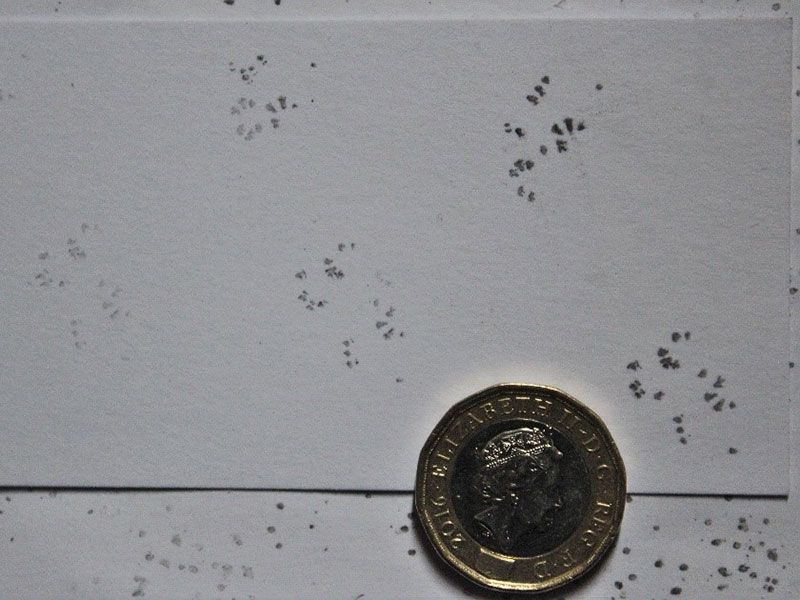Investigating how woodland management affects dormice

A large proportion of the woods had to be cleared due to disease. But what are the lasting impacts on the dormice that inhabit the woodland?
Funding for this project has now finished
Fingle Woods in Dartmoor, is home to rare hazel dormice. However, the woodland is changing as various woodland management has to be carried out. We want to ensure the dormice not only survive but thrive by linking up areas of fragmented habitat.
Large scale woodland management
This large woodland site is in the process of being restored back to its natural state to benefit wildlife. It is currently made up of fragments of semi-natural, broad-leaved woodland among large areas of planted conifers.
Unfortunately earlier this year a large area of the forest was found to be infected with ramorum disease, and had to be cleared.
So, we have funded a team of conservationists at Fingle Woods who are putting in place various mitigation measures. These will limit the detrimental impacts that this scale of operation could have on both the hazel dormice and the habitat they rely on.
Researchers Matt Parkins and David Rickwood will lead the team to gather evidence on what mitigation measures work best for dormice. The team has already put up 150 dormouse footprint tunnels across the survey area in order to monitor dormouse activity. Additionally, they are installing 150 dormouse nest boxes to monitor longer term behaviour and occupancy across the site.


They are also planting some areas of the woodland with native broad-leaved shrubs. Other areas will be managed to replicate upland oak woods and others will be partially under-planted. The different restoration methods will be closely surveyed to see which is best for dormice.
Preventing dormice decline across the UK
The good news is that dormice are already investigating the footprint tracking tunnels including those in clear-felled areas. As the habitat recovers, this site will enable us to monitor the value and effectiveness of all the different dormouse mitigation strategies. The focus will be on connectivity within a commercial forest as part of an overall ancient woodland restoration strategy.
Understanding and demonstrating good practice and mitigation techniques in the woods will enable us to guide other landowners across the UK. We will be able to provide them with the best information they need to create habitat, enhance existing habitat, and improve connectivity for dormice at a landscape scale. This will ensure our nation’s dormice thrive for many generations to come.
Thank you to all our donors who helped us fund this work. You can help us support more projects like this with a donation today:
